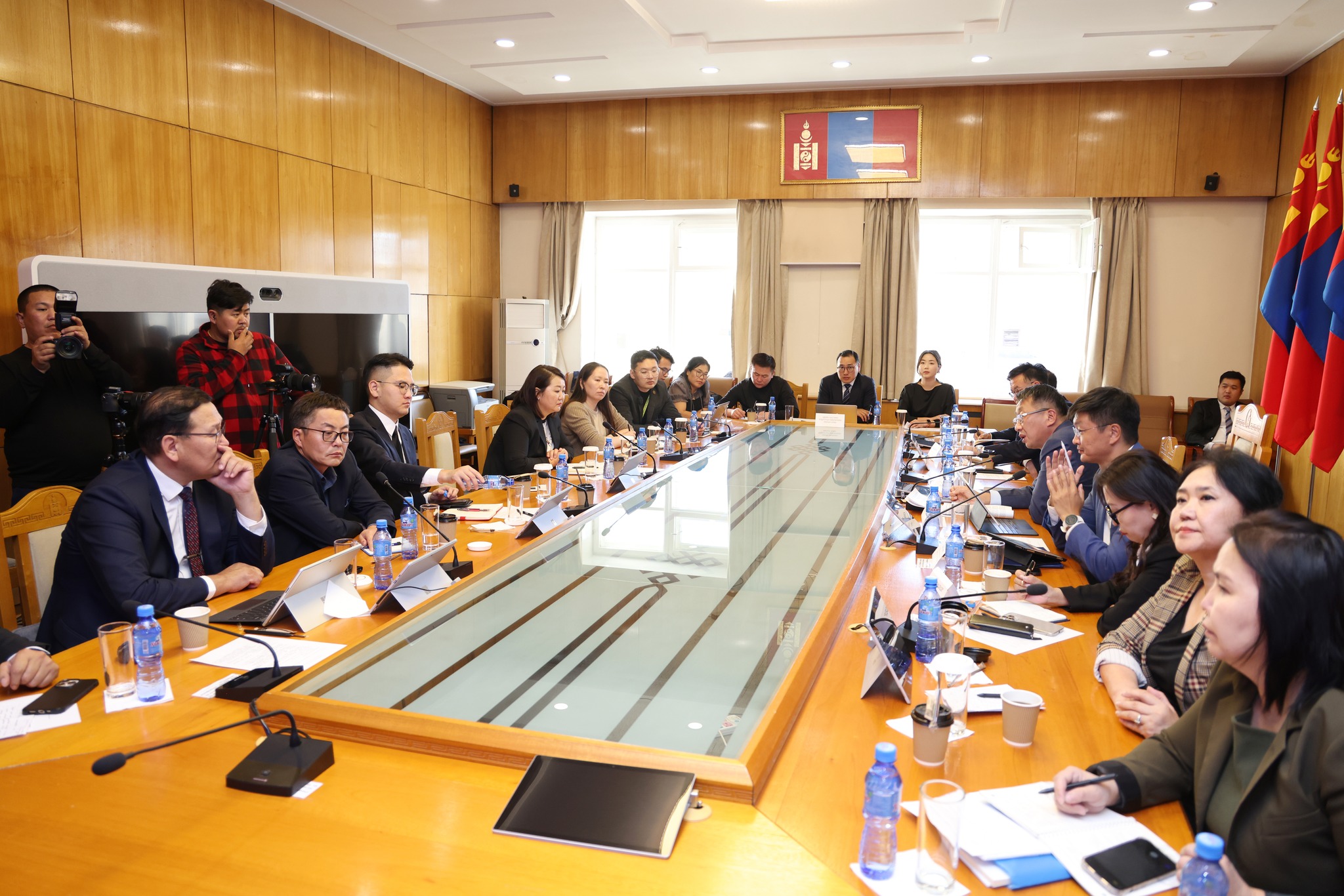Transitional Phase in Mongolia’s Labour Market: Key Challenges and Policy Directions
Mongolia is currently
undergoing a transitional phase in its labour market, with ongoing shifts in
workforce dynamics and the impact of emerging technologies, particularly
artificial intelligence (AI). This was discussed in the sub-council meeting on “Future Workforce Trends and the Impact of AI,” which reviewed
research and information prepared by the Mongolian Wool and Cashmere
Association.
The Economic Policy
Council, led by Prime Minister L. Oyun-Erdene, comprises seven sub-councils,
and the sub-council on “Future Workforce Trends and
the Impact of AI” is chaired by Minister L. Enkh-Amgalan.
Recent labour market
studies reveal that while 40,000–60,000 people remain unemployed in Mongolia,
employers are seeking to fill 30,000–40,000 positions. This labour
shortage is expected to continue until 2028, highlighting key issues:
1. Low wages and
insufficient recognition of labour productivity
2. Demographic trends,
with a decline in the working-age population.
3. Attitudes of
Generation Z, which have influenced job market participation.
Moreover, researchers have
noted a decrease in the number of young people seeking employment since 2016,
attributed to the lower birth rates that began during Mongolia’s transition period in the 1990s. This demographic shift
continues to have lasting effects on the labour market, requiring careful attention and policy
responses.
Moving forward, addressing
these challenges at the policy level will be critical to ensuring sustainable
economic growth and workforce development in Mongolia.
